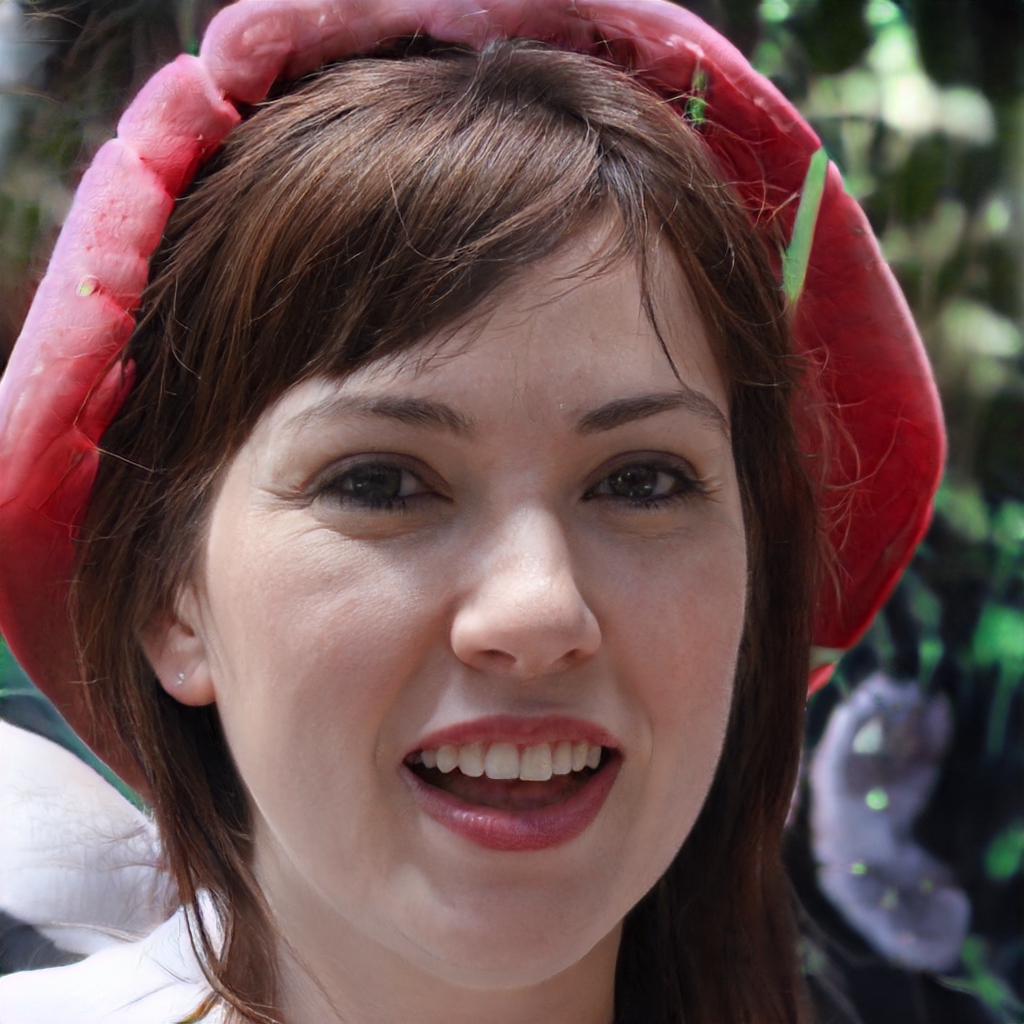Why it's important to know where this valuable resource is hidden on the satellite's surface. Water on the Moon, NASA now knows where to look.
Is there water on the Moon? The answer is yes: the hypothesis was born ten years ago, from some expeditions that made use of spacecraft, and was confirmed in 2020 by NASA's Stratospheric Observatory for Infrared Astronomy (SOFIA). The real question now is another and has to do with where to look for it.
We know there is water on the Moon and now scientists know where to look for it
Scientists are looking with interest inside in some permanently shadowed craters on our satellite: sunlight never reaches here. However, some observations show that water ice is also present on much of the lunar surface, even during the day. This new evidence poses a conundrum for space scholars, because the computer-generated models we've relied on so far have suggested that the water ice that forms during the lunar night should burn off quickly when the Sun beats down on the arid silver-gray surface that Neil Armstrong first touched in 1969.
"This fact," says Björn Davidsson, a scientist at NASA's Jet Propulsion Laboratory, "raises intriguing questions about how volatiles, such as water ice, can survive on airless bodies." Davidsson and coauthor Sona Hosseini, a researcher and scientist at JPL tried to provide an answer to the apparent contradiction between what we were able to observe and what we computer-processed instead: according to the two researchers' theory, the preservation of water ice results from the combined effect of the Moon's exosphere, which contains tenuous gases that act as a thin atmosphere, and the shadows cast on the ground by the satellite's wrinkled surface when illuminated by the Sun.
Why it's important to understand where water hides on our satellite
"Understanding water as a resource is essential to NASA and future human lunar exploration efforts," Hosseini said. "If water is available in the form of frost in the sunlit regions of the Moon, future explorers could use it as a resource for fuel and drinking water."
The study is titled "Implications of surface roughness in models of water desorption on the Moon" and was published in the Monthly Notices of the Royal Astronomical Society on Aug. 2, 2021.
About the Moon and water (but this time it's water on Earth), here's why it's a problem for all of us that the satellite is wobbling along its orbit.
Giuseppe Giordano
